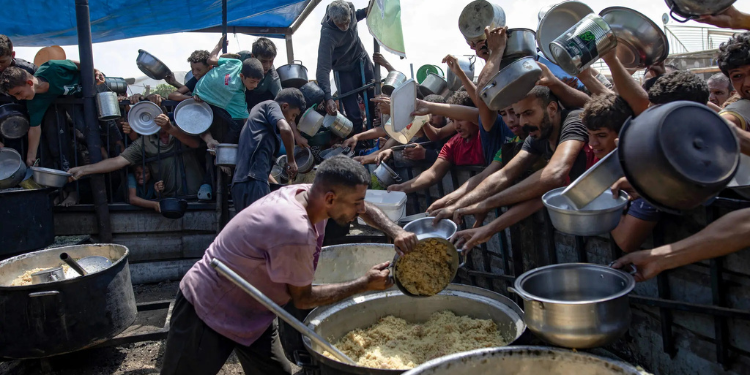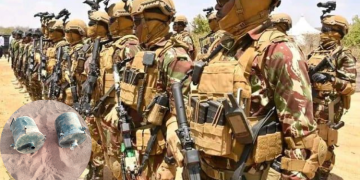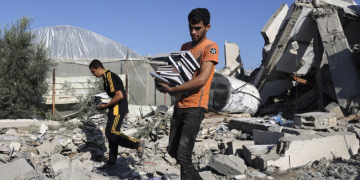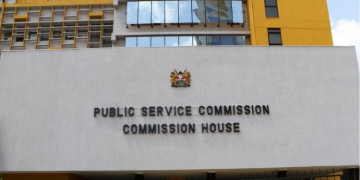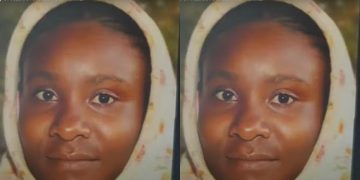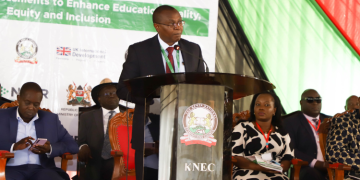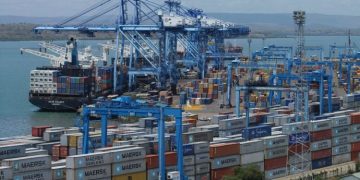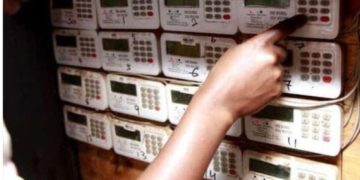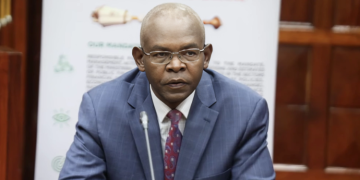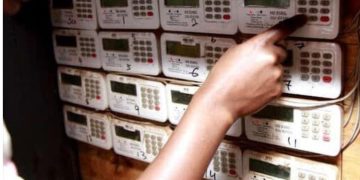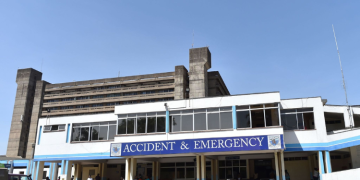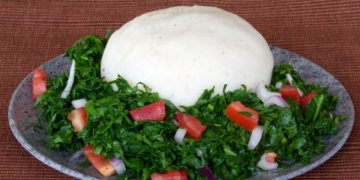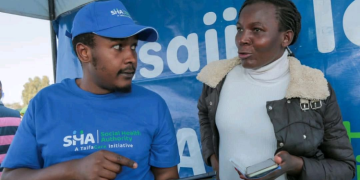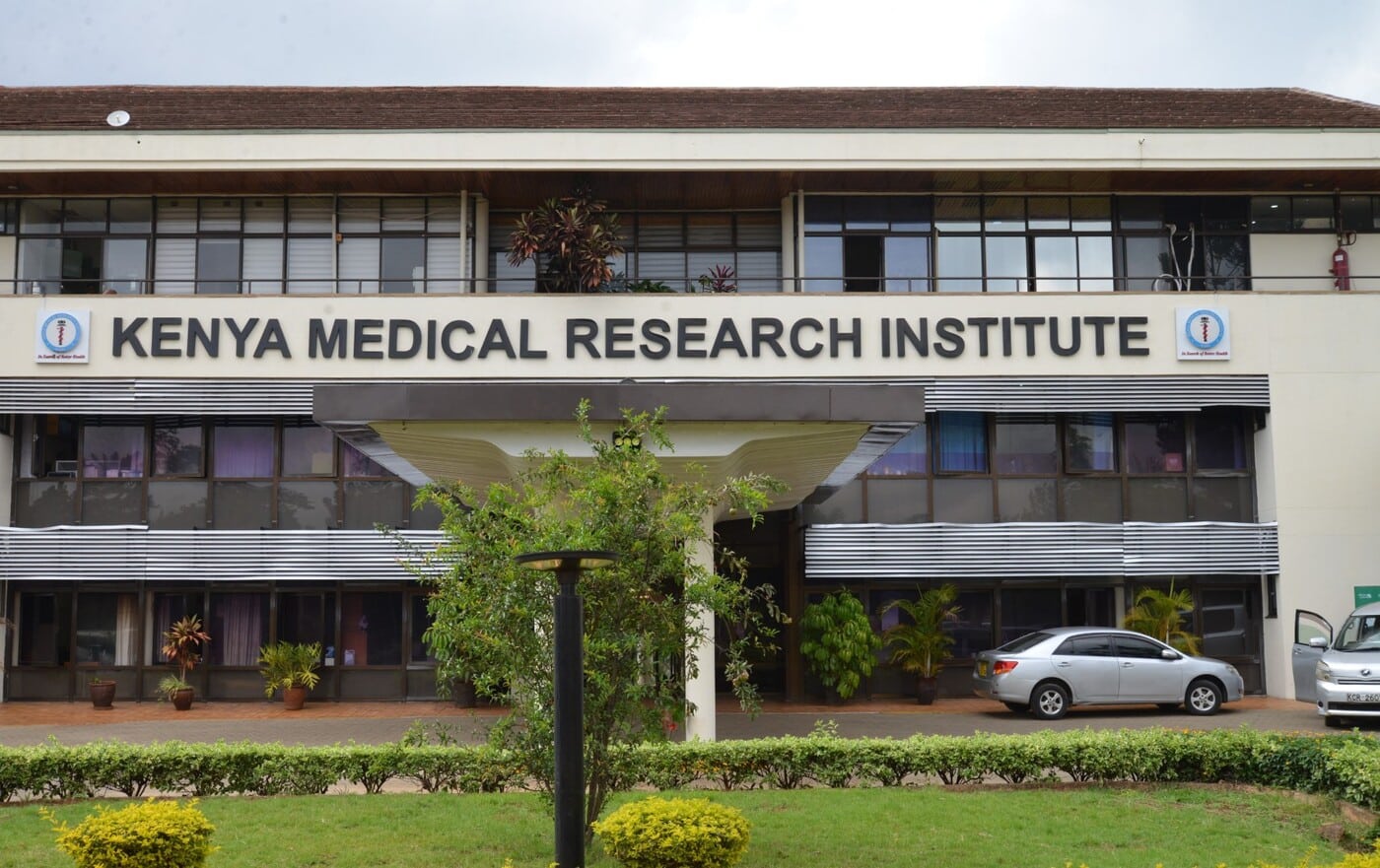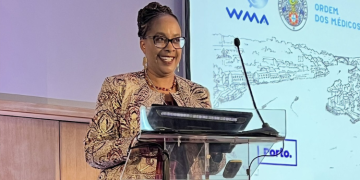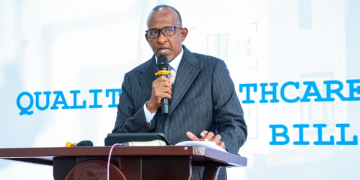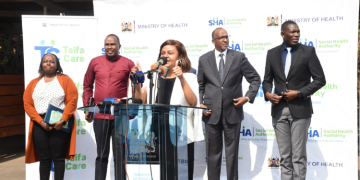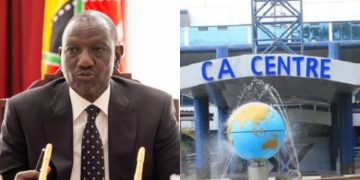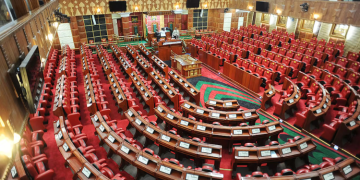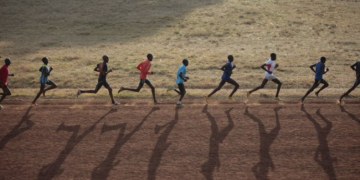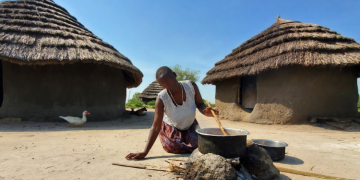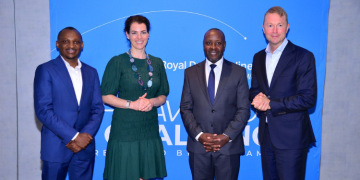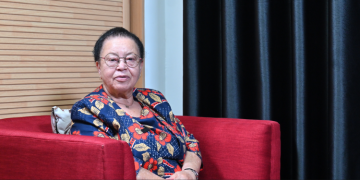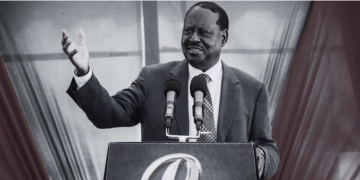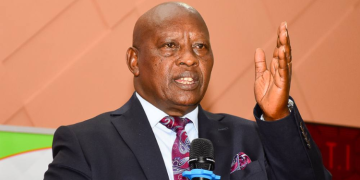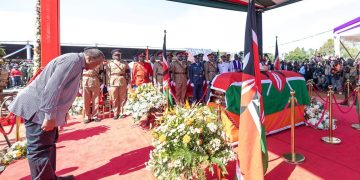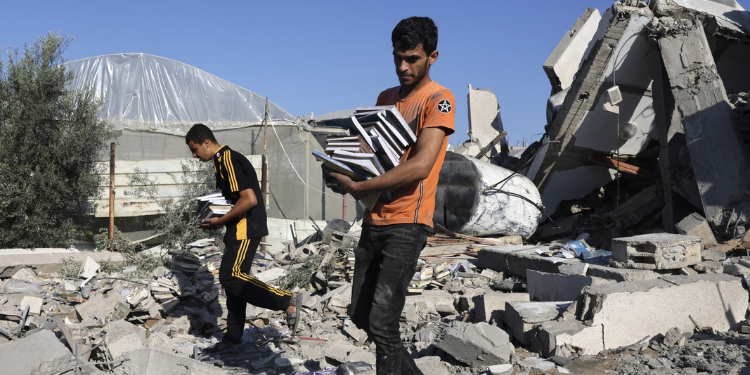UNICEF has announced a major post-war recovery initiative aimed at bringing more than 650,000 school-age children in Gaza back to classrooms once a ceasefire takes effect.
The organization’s Regional Director for the Middle East and North Africa, Edouard Beigbeder, said the plan focuses on rebuilding education infrastructure and restoring basic services critical to children’s survival and well-being.
Renewed Hope for Gaza
The war, which erupted in October 2023, has left Gaza’s education infrastructure in ruins.
According to UNICEF, 85% of schools are either destroyed or unusable, and many have been repurposed as shelters for displaced families.
The organization describes Gaza as “the world’s most dangerous place to be a child,” citing over 64,000 children killed or injured and 58,000 who have lost at least one parent.
Despite the devastation, UNICEF has managed to provide face-to-face learning for more than 100,000 children during the conflict.
The new initiative aims to scale up these efforts to reach every school-age child in the territory.
The organization views education as essential not only for academic development but also for psychological healing and social cohesion.
UNICEF’s Plan
UNICEF’s plan includes the distribution of education kits, the deployment of trained teachers, and the provision of psychosocial support.
However, some logistical challenges persist as aid shipments containing critical educational materials have been blocked for over a year, reportedly by the Israeli military in Gaza.
UNICEF is urging Israeli authorities to open all border crossings to allow the free flow of humanitarian supplies.
UNICEF’s Executive Director Catherine Russell emphasized the urgency of the mission.
“Education is not a luxury; it is a lifeline. It offers children hope, structure, and the tools to rebuild their lives.”
Russell also called on international donors to increase funding to support the initiative, warning that without immediate action, an entire generation could be lost.
She also reiterated that restoring learning environments helps stabilize communities, builds resilience, and offers children a pathway through trauma and displacement.
“How can we build classrooms without building materials? The rapid resumption of learning must be treated as a priority, not a secondary concern.”
The organization is also addressing other critical needs, including malnutrition, disease, and exposure to winter cold, which threaten the well-being of children across Gaza.
Amal Husseini, a teacher in southern Gaza, has expressed cautious optimism after the recent efforts by UNICEF and hopes that the learning aid will not be stopped by Israeli officials.
“We’ve seen how even a few hours of learning can transform a child’s outlook. They begin to smile again, to dream again.”
Global Support
The initiative has drawn support from international partners, including the European Union and several Gulf states, which have pledged financial and logistical assistance.
However, the success of the program depends on sustained peace and unrestricted access to affected areas.
UNICEF reports that more trucks have begun to enter Gaza since the ceasefire, but access remains insufficient and hindered by bureaucratic and security constraints.
Also Read: Putin Strikes Ukraine Again After Claiming Immunity from US Sanctions
UNICEF has also launched a global appeal for Ksh33 billion ($250 million) to fund the education recovery plan.
The organization is working with local authorities to identify safe spaces for temporary classrooms and to train educators in trauma-informed teaching methods.
UNICEF warns that without full cooperation from all parties to facilitate aid and restore safe living conditions, children risk further educational disruption and deterioration in their health.
Situation in Gaza
The Gaza Strip remains gripped by a deep humanitarian crisis even after the ceasefire that took effect on October 10, 2025.
UNICEF estimates that over 13,000 children have been killed and nearly 25,000 injured since the conflict began.
Also Read: Cambodia’s Prime Minister Nominates Trump for Nobel Peace Prize
The United Nations Relief and Works Agency (UNRWA) says its shelters are overwhelmed, while the World Food Programme (WFP) reports that food distribution covers less than 20 percent of the population’s needs.
Most families rely on unsafe water sources, and makeshift sanitation has triggered outbreaks of diarrheal disease.
Unless the ceasefire holds and aid flows freely, Gaza’s fragile hope for recovery may vanish, leaving behind one of the most devastating humanitarian collapses of the 21st century.
Follow our WhatsApp Channel and X Account for real-time news updates.
